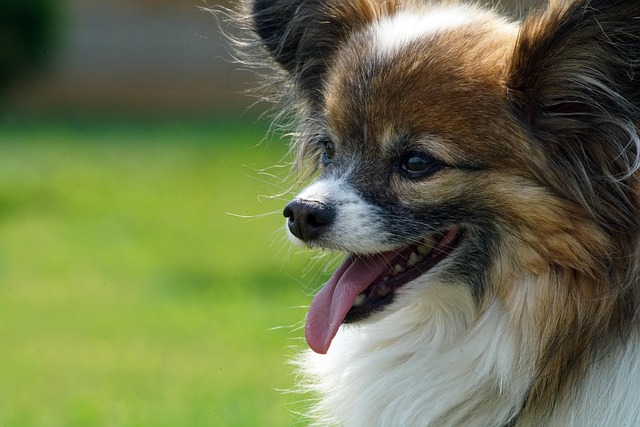
why does my dog jump on me from behind
It’s 7 a.m. in your Portland apartment, and you’re reaching for your coffee mug when suddenly, a warm body crashes into the back of your legs—your 10-month-old lab mix
It’s 7 a.m. in your Portland apartment, and you’re reaching for your coffee mug when suddenly, a warm body crashes into the back of your legs—your 10-month-old lab mix, Lucy, tail wagging so hard her whole body wiggles, front paws on your calves. You stumble slightly, laughing, but wonder, “Why from behind? Why not just come say hi face-to-face?” If you’re a new dog owner, this surprise jumping feels equal parts endearing and confusing. It’s rarely random—your dog is trying to communicate, and understanding why means blending their natural instincts, their way of connecting, and the little habits that make you a thoughtful pet parent in your neighborhood.
Dogs jump on people from behind for simple, instinctive reasons rooted in how they interact with their world. A certified trainer in Seattle explained: “Dogs don’t greet each other face-to-face like humans—they sniff, nudge, and jump to reach eye level, which feels friendly in their language.” When your back is turned, Lucy can’t make direct eye contact, so she jumps from behind to get your attention, her way of saying, “Hey, you’re here! Let’s connect!” Puppies do this more—their tiny legs can’t reach your face when you stand, so behind feels like the next best spot. Rescue dogs or those who didn’t get much attention as puppies often jump more, too—they’ve learned jumping (even from behind) gets a reaction, whether it’s a laugh, a pat, or even a gentle “no.” A golden retriever in her class named Charlie jumped from behind every morning: “His owners worked long hours, so he’d saved all his excitement for their return—jumping was his way of releasing that joy,” she said. Unlike aggression, this jumping is pure enthusiasm, which makes it easy to redirect with the right approach.
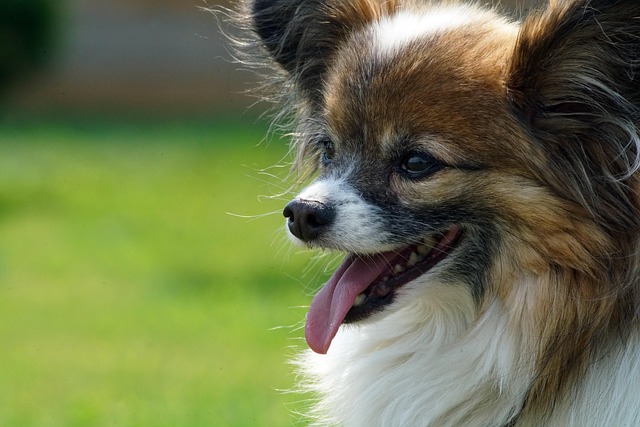
Redirecting this jumping starts with teaching your dog a calmer way to say “hello.” When you notice Lucy getting ready to jump (paws lifting, tail speeding up), turn sideways, say “sit” in a cheerful tone, and hold a treat near your knee. When her bottom hits the floor, give her the treat and a big fuss—“good sit, Lucy!” This teaches her “calm = attention” better than jumping. If she does jump, stand still, avoid eye contact, and wait—no talking, no pushing. Dogs hate being ignored, so she’ll soon learn jumping gets nothing, but sitting gets pets. A vet in Denver added: “Dogs jump because they want connection, not to annoy you. By giving them a clear, calm way to get that connection, you’re speaking their language.” Practice this during low-key moments first, like when you’re folding laundry, before trying it after work when she’s extra excited—success builds confidence, for both of you.
Understanding this jumping also ties into being a responsible part of your pet community. First, stay legally on track: rabies vaccines are mandatory in all U.S. states, and keeping those records handy helps if your apartment or dog park asks—healthy dogs are happy dogs, less likely to act out. When you take Lucy for walks, always carry poop bags—cities like Seattle fine up to $250 for leaving waste, and it’s part of keeping shared spaces nice. In apartments, redirecting jumping early matters—you don’t want her greeting neighbors this way, so practicing “sit” for visitors teaches her polite habits. Remember, never scold or push her away when she jumps—yelling feels like playing to her, making her jump more. Positive reinforcement, like treats and praise for calm behavior, builds trust, so she’ll want to “do it right” to get your love.
Watch Lucy now, trotting up beside you as you make breakfast, pausing to sit, tail thumping, waiting for her “good morning” treat—no surprise jumps, just a quiet nudge for attention. That’s the goal: understanding her need to connect, and teaching her the kind of hello that works for both of you.

It’s 7 a.m. in your Portland apartment, and you’re reaching for your coffee mug when suddenly, a warm body crashes into the back of your legs—your 10-month-old lab mix
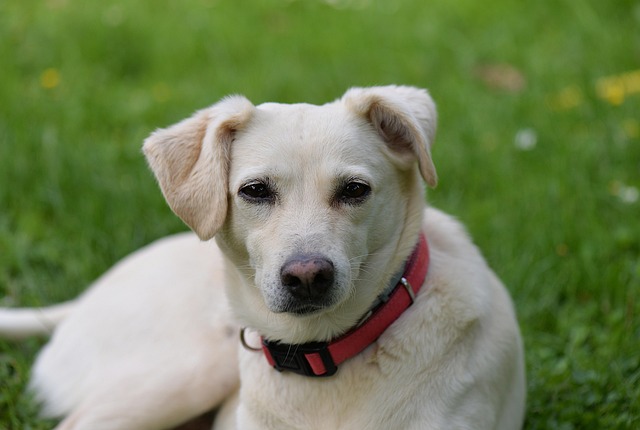
Border collie puppies have jaws that move like little pincers—sharp, curious, and always ready to explore. That nipping isn't aggression; it's their way of learning about the world, teething, or burning off that endless energy they're famous for.
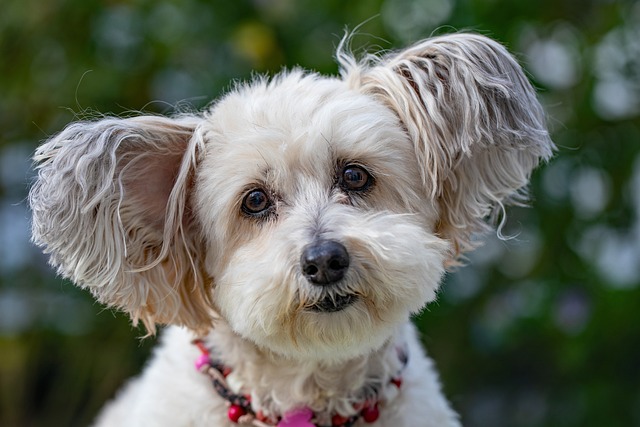
ay, and you’re sitting by the kitchen window in your Denver apartment, sipping coffee, when your 1-year-old Aussie mix, Bailey, bolts to the glass
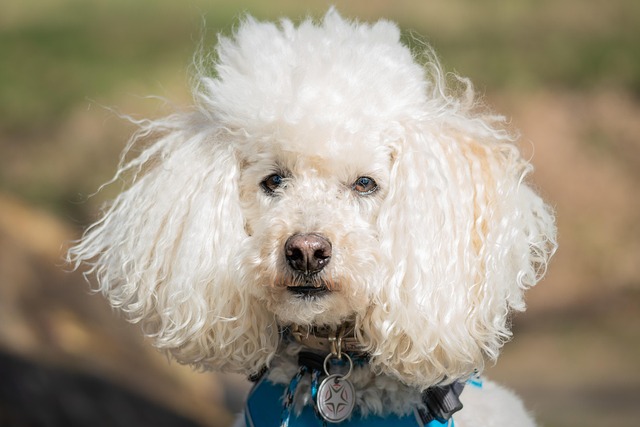
It’s 11 p.m. in your Miami apartment, and the AC is cranked to 72°F, but your 3-year-old boxer, Diesel, is pacing the living room, barking sharply at the window.

It’s been three weeks since you brought home your 6-month-old rescue pup, Ruby—a scruffy terrier mix with a nose that never stops sniffing.
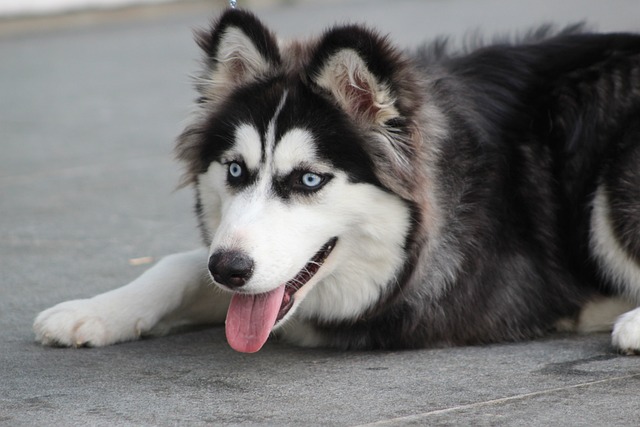
The question of when to begin obedience training often catches new dog owners off guard, especially when navigating the maze of puppy milestones and local regulations.